The novel starts in 1863. Karl, Ida and Mara are in Russell on the North Island as Karl is working as a mediator. It is here where they then buy their new home. Russell is a town in the Bay of Islands, in New Zealand's far north. It was the first permanent European settlement and seaport in New Zealand.
It is here when Karl, Ida and Mara first see Te Ua Haumene. Te Ua Haumēne was a New Zealand Māori religious leader during the 1860s. He founded the Pai Mārire movement, which became hostile and engaged in military conflict against the New Zealand governmentTe Ua Haumene was the leader in the Tarakani Wars. The Second Taranaki War is a term used by some historians for the period of hostilities between Māori and the New Zealand Government in the Taranaki district of New Zealand between 1863 and 1866. The conflict was fuelled by a combination of factors: lingering Māori resentment over the sale of land at Waitara in 1860 and government delays in resolving the issue; a large-scale land confiscation policy launched by the government in late 1863; and the rise of the so-called Hauhau movement.Franz Lange lived in Handorf, Australia, when he was ordained. Hahndorf is a small town in the Adelaide Hills region of South Australia. The town was settled by Lutheran migrants largely from and around a small village.
Franz is sent to his first posting in New Zealand, which is Opotiki. Ōpōtiki is a town in the eastern Bay of Plenty in the North Island. In 1840, the New Zealand Church Missionary Society (CMS) established a station in Ōpōtiki.
The Pai Mārire movement (commonly known as Hauhau) was a syncretic Māori religion founded by the prophet Te Ua Haumēne. It flourished in the North Island from about 1863 to 1874.Pai Mārire incorporated biblical and Māori spiritual elements, and promised its followers deliverance from European domination. Although founded with peaceful motives some followers of Pai Mārire became known for an extremist form of the religion.
When Franz reaches New Zealand, he goes through the Bridle Path. The Bridle Path is a steep shared-use track that traverses the northern rim of the Lyttelton volcano connecting the port of Lyttelton with the city of Christchurch in the South Island of New Zealand.
Campbelltown is where Cat, Chris, Carol and Linda headed for when they were travelling on the General Lee. Campbellown is currently called Bluff, which is a town and seaport in the Southland region, on the southern coast of the South Island of New Zealand
The ship where they travel sinks, and this episode is based on the sinking of General Grant. General Grant was a 1,005-ton three-masted bark built in Maine in the United States in 1864. While on her way from Melbourne to London, General Grant crashed into a cliff on the west coast of main island of the Auckland Islands of New Zealand, and subsequently sank as a result. Sixty-eight people drowned and only 15 people survived.
When Linda and Fitz marry, they move to Otago, trying to find gold. The Otago gold rush was a gold rush that occurred during the 1860s in Central Otago. This was the country's biggest gold strike, and led to a rapid influx of foreign miners to the area. The rush started at Gabriel's Gully but spread throughout much of Central Otago, leading to the rapid expansion and commercialisation of the new colonial settlement of Dunedin, which quickly grew to be New Zealand's largest city. Only a few years later, most of the smaller new settlements were deserted, and gold extraction became more long-term, industrialised-mechanical process.
Carol and Mara try to go to Russel after Jane throws them out of Tara Station. Two of the places where they stay are Taranaki and Whanganui.
Taranaki is a coastal and mountainous region on the western side of New Zealand's North Island.
Whanganui is a city inNew Zealand. The city is located on the west coast of the North Island at the mouth of the Whanganui River, New Zealand's longest navigable waterway.
When Eru finds out that his mother has thrown out Mara, he decides to trun to his culture, and he starts by having his whole face tattooed. That is ca<lled a moko. Tā moko is the permanent marking or tattooing as customarily practised by Māori, the indigenous people of New Zealand.
During the war we learn a few names. One is General Cameron. General Sir Duncan Alexander Cameron (20 May 1808 – 8 June 1888) was a British Army officer who fought in part of the New Zealand Wars.
In Opiliki where Franz is posted, the director is Carl Voekner, and he is witness of his trrible murder. Carl Sylvius Völkner (German pronunciation: [fœlknɐ]; c. 1819 – 2 March 1865) was a German-born Protestant missionary active in the North Island of New Zealand during the mid-nineteenth century. He is famous for being tried and executed for espionage by members of the Pai Mārire faith at his church in Ōpōtiki, in the Bay of Plenty.
Patea is where Fitz and Linda go and are given some land. Patea is the third-largest town in South Taranaki District. During the New Zealand Wars Patea was an important military settlement. General Cameron's force arrived at the river mouth on 15 January 1865 and constructed redoubts on both sides of the river.
Cat and Chris are found alive on Rose Island, which belongs to the Aukland Islands. The Auckland Islands are an archipelago of New Zealand, lying 465 km south of the South Island. Rose Island is an uninhabited island.

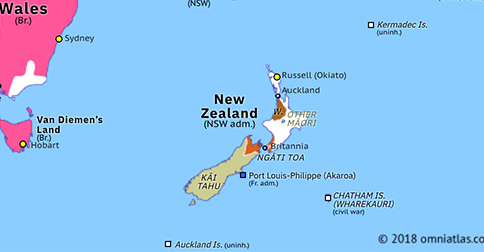

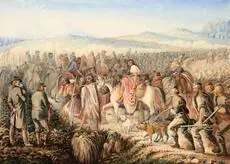

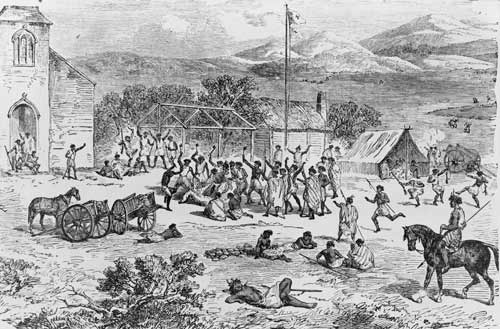



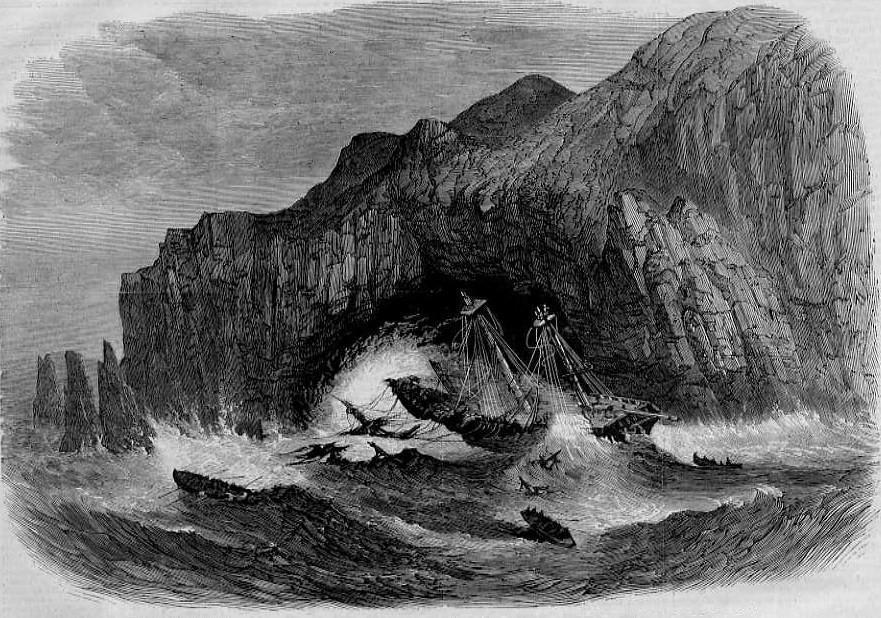

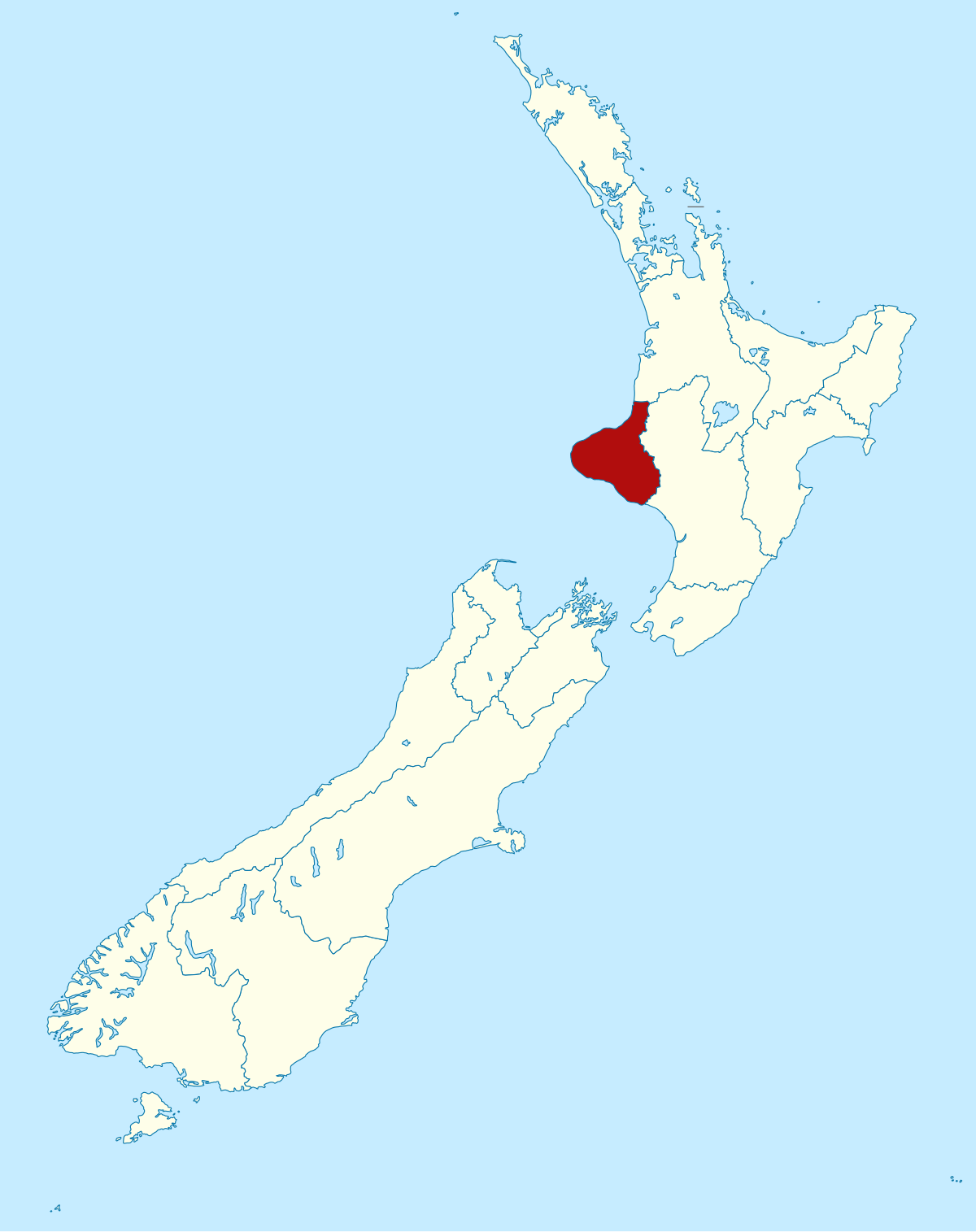
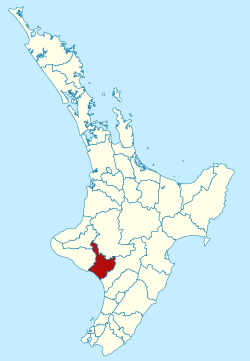


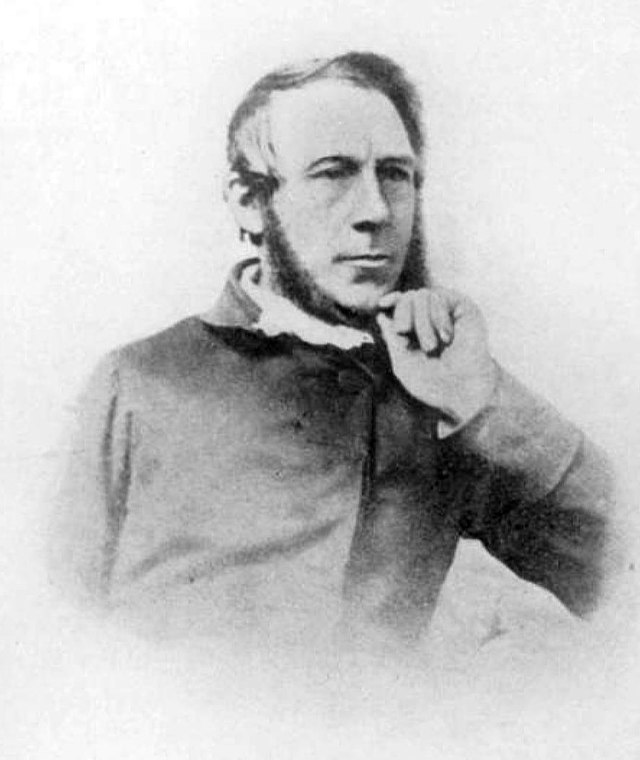
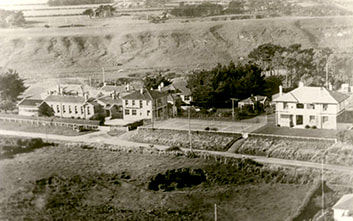
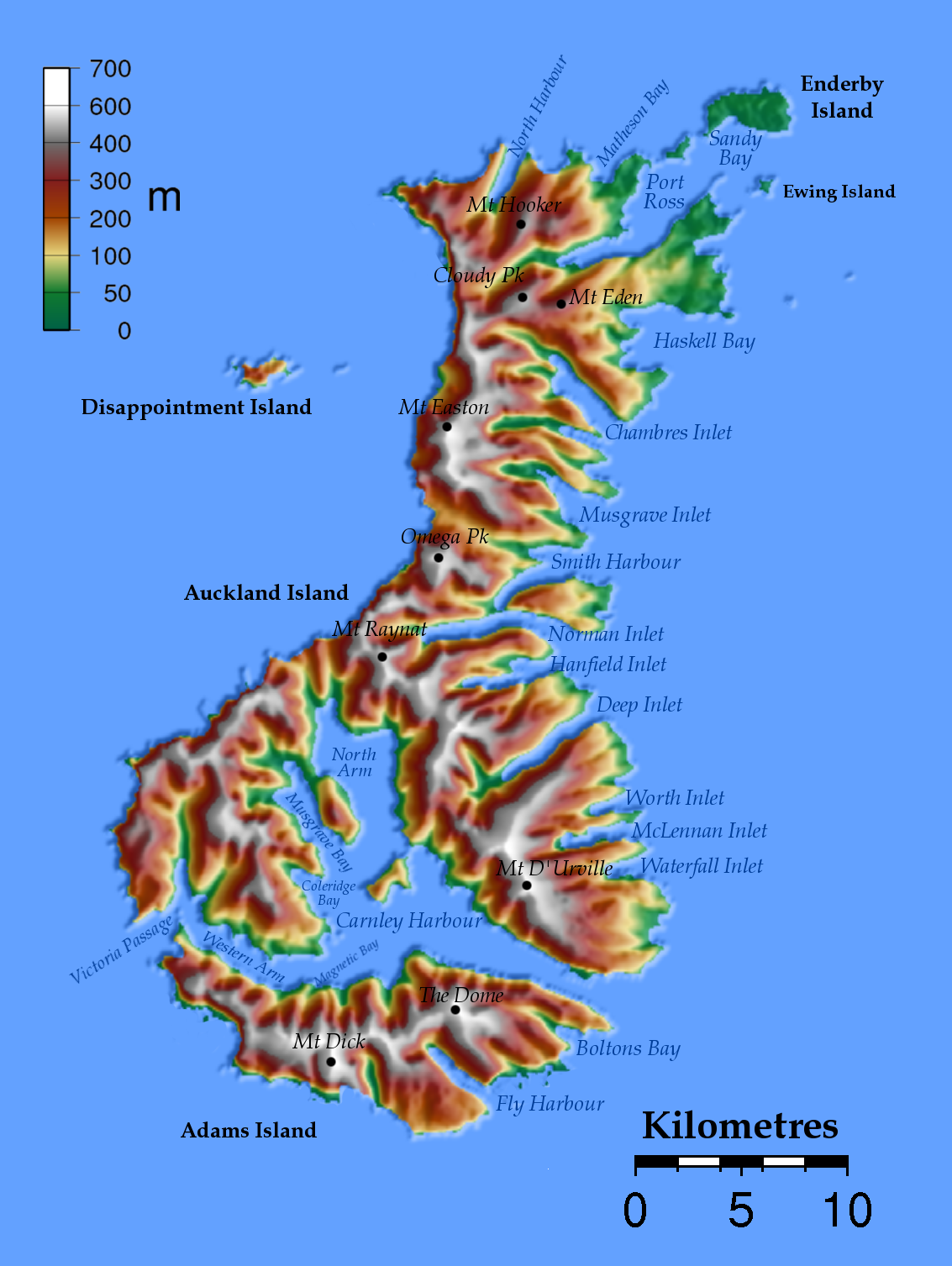
No comments:
Post a Comment